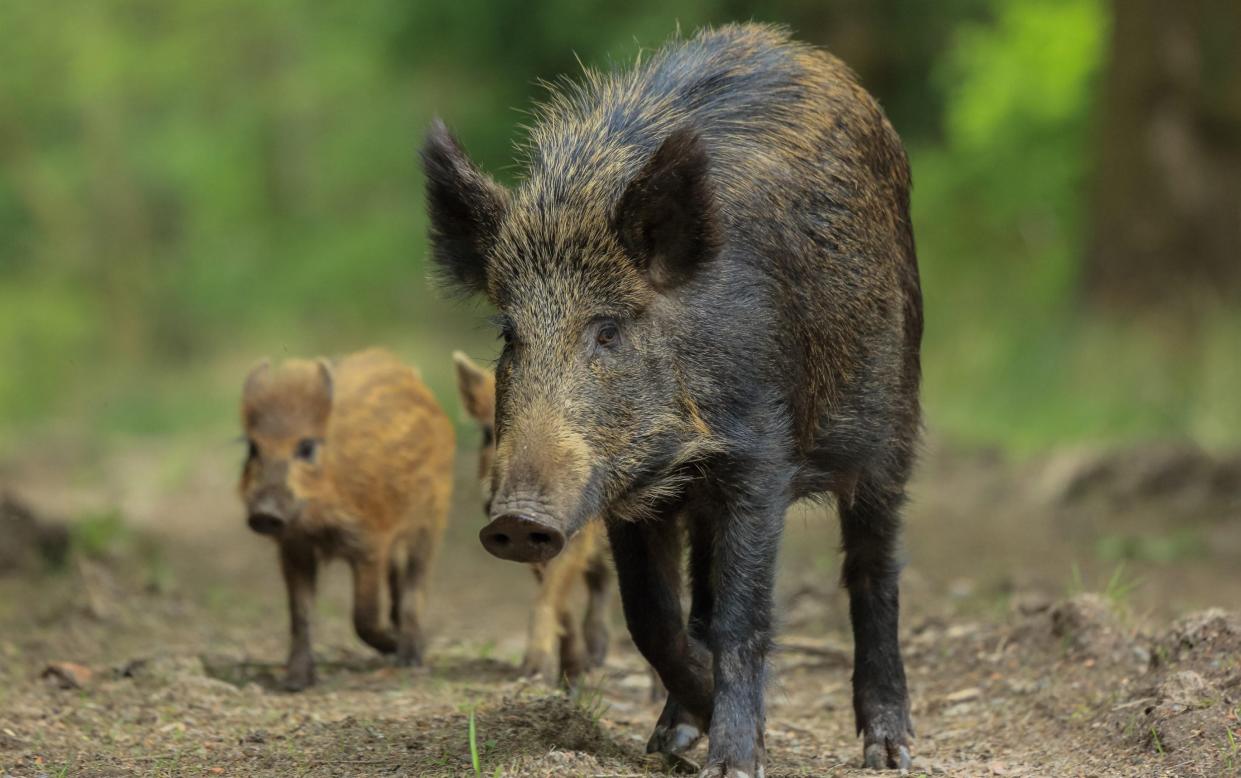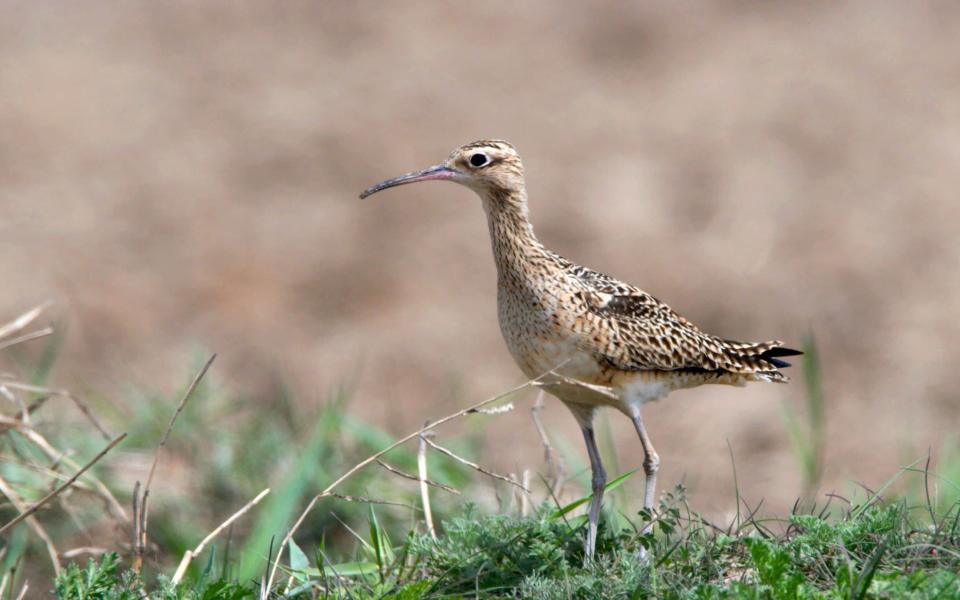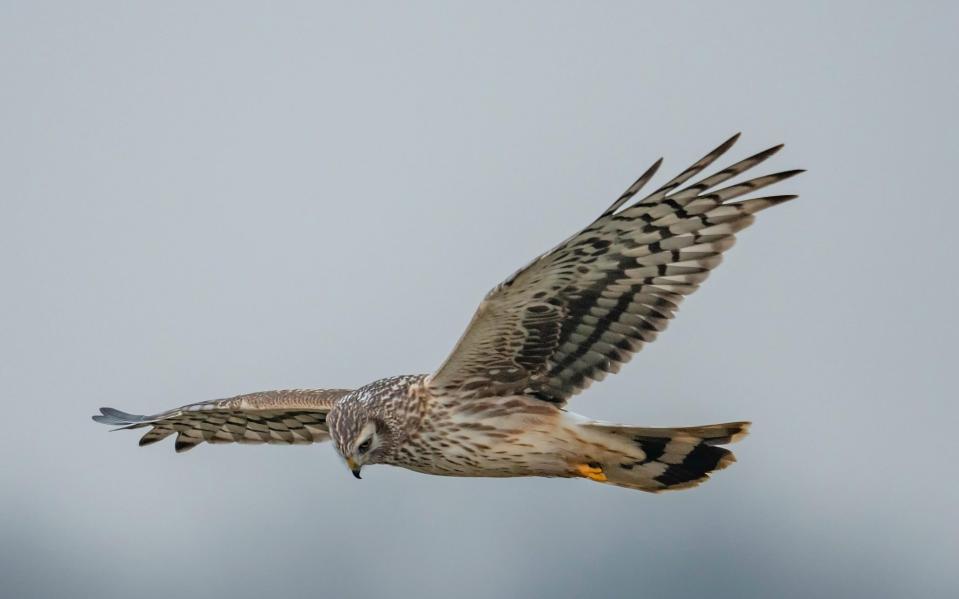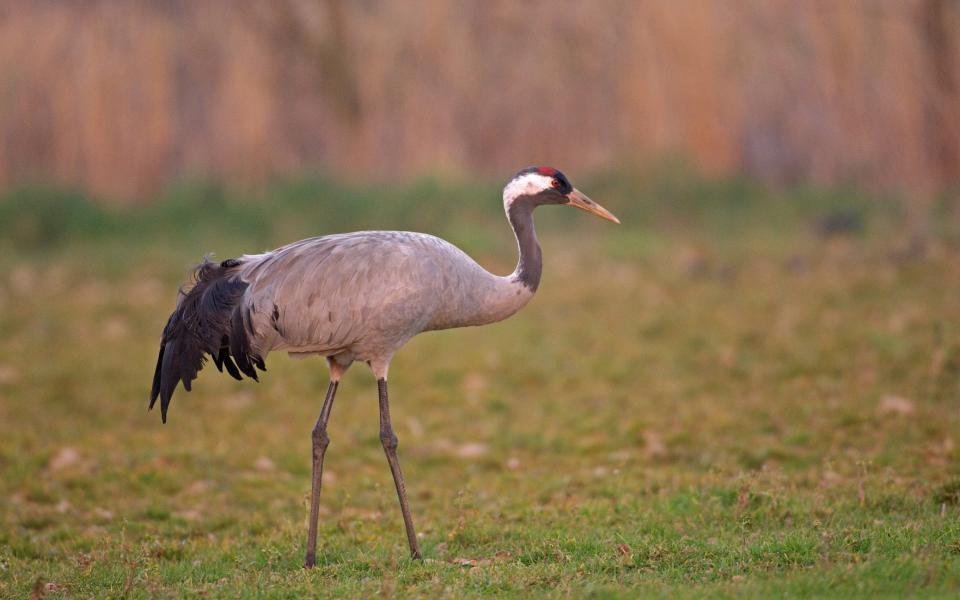Wild boar are threatening five native British birds

Wild boar in the UK are threatening five native bird species and could force them out of some areas of the country, a new study has warned,
The animals, known scientifically as Sus scrofa, are also called wild pigs or feral hogs.
It is estimated around 5,000 feral hogs are present in the UK, with the majority in the South West of England, specifically the Forest of Dean.
They are famed for their destructive tendencies, and researchers from the University of Hawaii investigated which species are being negatively impacted by the pesky pocines.
Conservationists trawled existing studies and the IUCN Red List and discovered 672 species in 54 different countries that are threatened by the presence and activity of wild pigs.
Thirty three of these are in Europe, and five are in the UK, they say.
All of the five species - Hen Harrier, Pallas's Gull, Little Curlew, Common Crane, Common Pochard - are birds, the researchers found.


Pallas’s Gull and Little Curlew are rare in the UK and only occur as vagrants, whereas the other three avian species are common in Britain and breed here.
“Birds and other nesting species (reptiles and amphibians) are particularly vulnerable to wild pigs due to both direct predation and nest predation,” study author Derek Risch, a spatial conservation and wildlife planner at Hawaii, told The Telegraph.
“Wild pigs are known nest invaders and will damage nest sites by rooting or digging and predating upon the species residing there.
“It would seem that most of the UK birds threatened by wild pigs nest on the ground making them particularly susceptible to nest predation and disturbance from wild pigs.”
At this moment in time, the five bird species are not at risk of extinction from feral pigs as none of them are vulnerable, endangered or threatened, Mr Risch said.


“What is a more likely possibility for these species may be local extirpation where the impact of wild pigs is too great in any given area and those species will be driven out,” he added.
“However, I will say that future extinctions caused by wild pigs are highly probable and we've shown that they have been documented as a major contributor to 14 extinction events in the past.”
Wild pigs, the researchers say, pose such a big threat to so many different animals because of their unique blend of resilience, adaptability and behaviour which means they have five ways in which they can disrupt an ecosystem: predation, disturbance, competition, disease transmission, and hybridisation.
“Wild pigs can function as top predators, destructive herbivores, and ecosystem engineers threatening things as small as the soil microbiome to large terrestrial mammals,” Mr Risch said.
Ecosystem engineers
“They also have a unique ability to root and dig which can fundamentally alter an ecosystem earning their name as ecosystem engineers.”
Wild boars are native to Britain but went extinct centuries ago. However, they have been illegally reintroduced over the last 30 years after escaping farms and are now self-sufficient in small populations in Gloucestershire and neighbouring counties.
The pigs are large animals which can weigh up to 220lbs, heavier than the average man, and stand around 2.6ft tall at the shoulder, the same height as a Great Dane.
The grazing animals have a rough, dark top coat of fur and their young are a paler colour which darkens with age.
While not naturally aggressive, the animals have been known to become territorial and confrontational if people, or dogs, get too close.
They are still hunted for sport worldwide and one was responsible for the death of King Philip IV of France who died in 1286 after falling from his horse when a boar he was hunting charged and spooked his steed, throwing him from the saddle and leading to his demise.
The new findings are published in the journal Scientific Reports.
Graham White, Head of Ecology at the RSPB, told The Telegraph: "Wild boar can be an important part of natural and semi-natural ecosystems.
“Their activity can diversify habitats and create niches for other species, and assist with the movement and distribution of plant seeds between habitat patches.
“However, in large numbers or high densities there can be locally detrimental impacts and control may be necessary."

